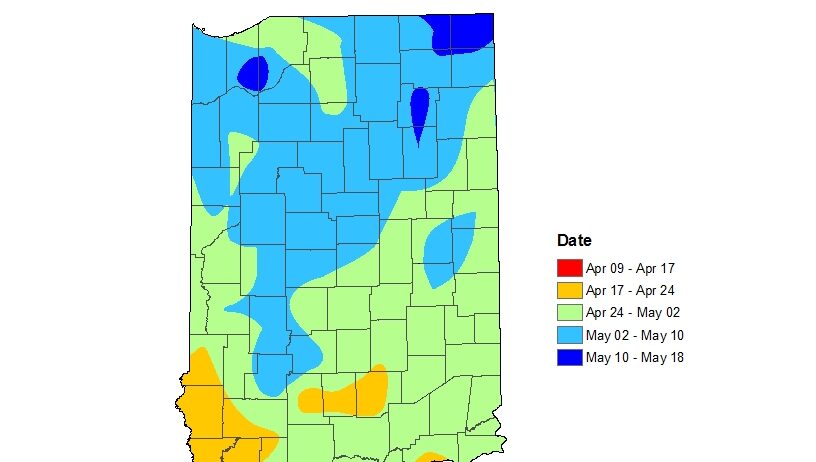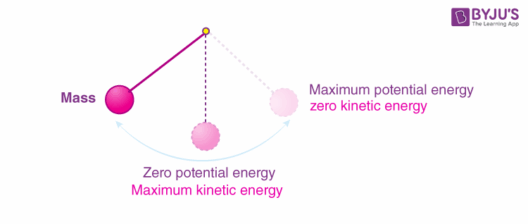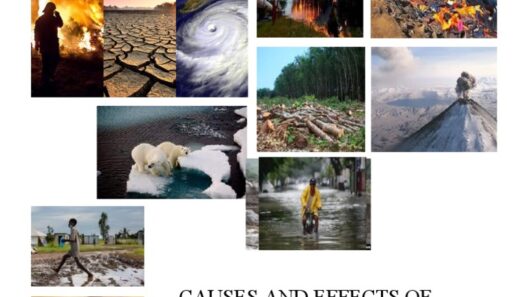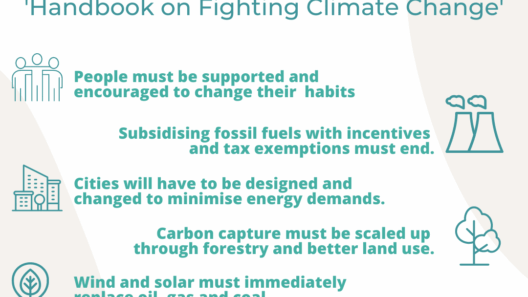Indiana, located in the Midwestern United States, is characterized by its unique climatic conditions that encapsulate a mélange of both warmth and chill. This remarkable dichotomy offers a compelling backdrop for understanding the state’s climate zone, which is predominantly classified as humid continental. Within this classification lies a spectrum of weather phenomena that have significant implications for the ecosystem, agriculture, and the daily lives of its residents.
To comprehend Indiana’s climate zone more deeply, one must first examine its geographical positioning. Nestled between the Great Lakes to the north and the Ohio River to the south, Indiana experiences the influences of various climatic factors. The state’s topography is predominantly flat, interspersed with gentle hills, which permits a notable interaction between air masses. These topographical features, along with seasonal changes, contribute to Indiana’s characteristic weather variations.
In the context of the humid continental climate, Indiana experiences four distinct seasons. Spring witnesses a rejuvenation of flora and fauna, drawing interest from botanists and naturalists alike. The temperatures gradually rise, ranging from the mid-40s to the mid-70s Fahrenheit, creating an inviting environment for various plant species to flourish. However, this season can also usher in severe storms and unpredictable weather, a common fascination among meteorologists who study the intricacies of storm formation.
Summer, on the other hand, can be quite sweltering. The mercury often soars into the 80s and 90s Fahrenheit, accompanied by high humidity levels. This combination can lead to oppressive heat, compelling residents to seek refuge indoors or in bodies of water. The abundance of rainfall during summer months serves to replenish water sources but can also engender flooding in low-lying areas. The juxtaposition of warmth and moisture creates ideal conditions for thunderstorms, which are particularly prevalent due to the meeting of warm, moist air from the Gulf of Mexico with cooler air masses from Canada.
As autumn approaches, Indiana undergoes a spectacular transformation. The foliage becomes a tapestry of vibrant hues—reds, oranges, and yellows—that have piqued the interest of photographers and nature enthusiasts. Temperatures begin to decline, dropping from the 70s into the brisk range of 50s and 60s Fahrenheit. This transition not only marks a change in aesthetic allure but also sets the stage for the hibernation patterns of local wildlife. Furthermore, autumn serves as a critical time for agriculture, with farmers harvesting crops that were nurtured under the summer sun.
Winter in Indiana presents a contrasting image, characterized by cold temperatures that often plunge into the teens and lower. Snowfall can be considerable, particularly in the northern regions, leading to a picturesque landscape of white-capped fields and frozen lakes. The interplay of snow and ice introduces unique challenges. From transportation to energy consumption, the impacts of winter weather resonate with residents, invoking a sense of resilience among communities. Winter sports enthusiasts find joy in these conditions, contributing to a social and recreational landscape that enhances community engagement.
A critical aspect of Indiana’s climate is its susceptibility to the broader impacts of climate change. As global temperatures rise, Indiana is not immune to shifts in its precipitation patterns and seasonal temperatures. Research indicates increased frequency of extreme weather events, such as intense heatwaves in summer and erratic snowfall in winter. These changes signal deeper environmental consequences that can alter ecosystems, affect agricultural productivity, and threaten water resources. The state’s farmers are increasingly adapting to these fluctuations—experimenting with drought-resistant crops and innovative irrigation techniques.
Moreover, the urban landscapes of Indiana, particularly in cities like Indianapolis, exacerbate the effects of heat due to the urban heat island phenomenon. This occurs when densely populated urban areas experience elevated temperatures compared to their rural surroundings, often resulting in higher energy consumption as air conditioning becomes a necessity. Acknowledging these dynamics is essential for sustainable urban planning and environmental advocacy within the region.
Public awareness and discourse around climate resilience have gained momentum in Indiana. Local advocacy groups emphasize the importance of understanding land use, supporting renewable energy initiatives, and implementing conservation practices. Community-based efforts aim to foster a collective responsibility towards the environment, reinforcing the notion that individual actions can contribute to a more sustainable future.
In conclusion, Indiana presents a captivating study in the interplay of climatic extremes. The state’s humid continental climate is not merely a collection of weather patterns; it encapsulates a rich narrative of seasonal changes, ecological interactions, and the indomitable spirit of its residents. As climate change continues to mold the future of Indiana’s weather phenomena, understanding these patterns becomes crucial for fostering resilience and promoting environmentally sound practices. The distinctive blend of heat and cold inherent to Indiana’s climate serves as a reminder of the intricate complexities within our world that beckon our attention and action.








